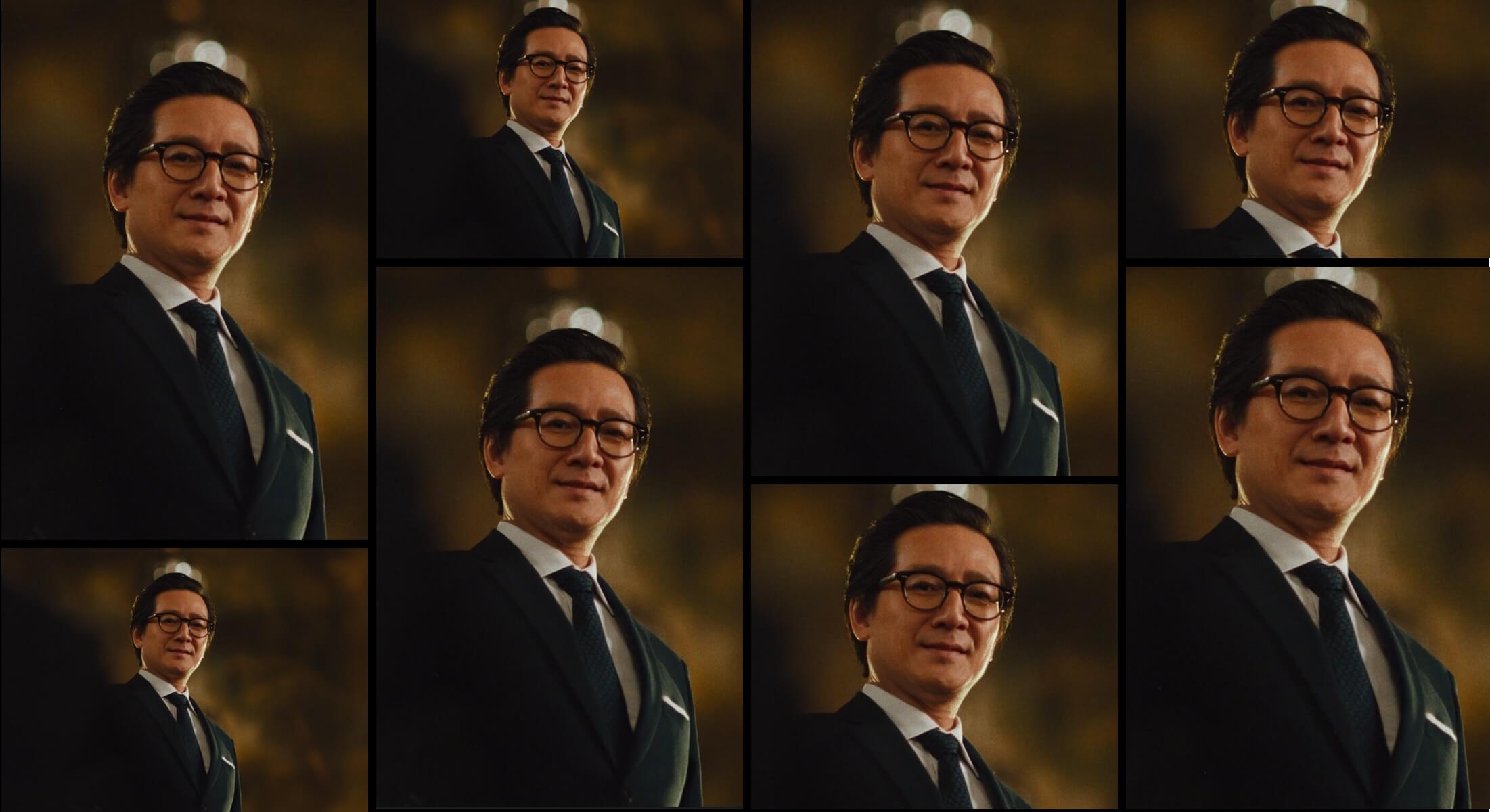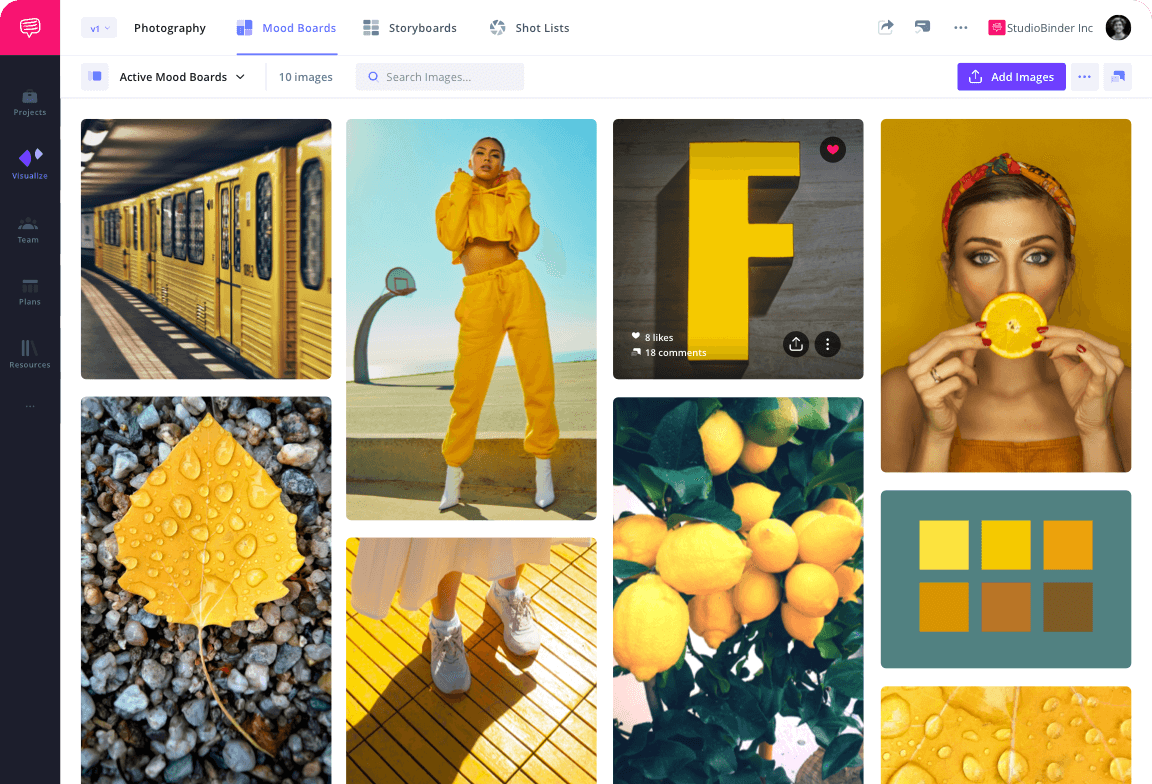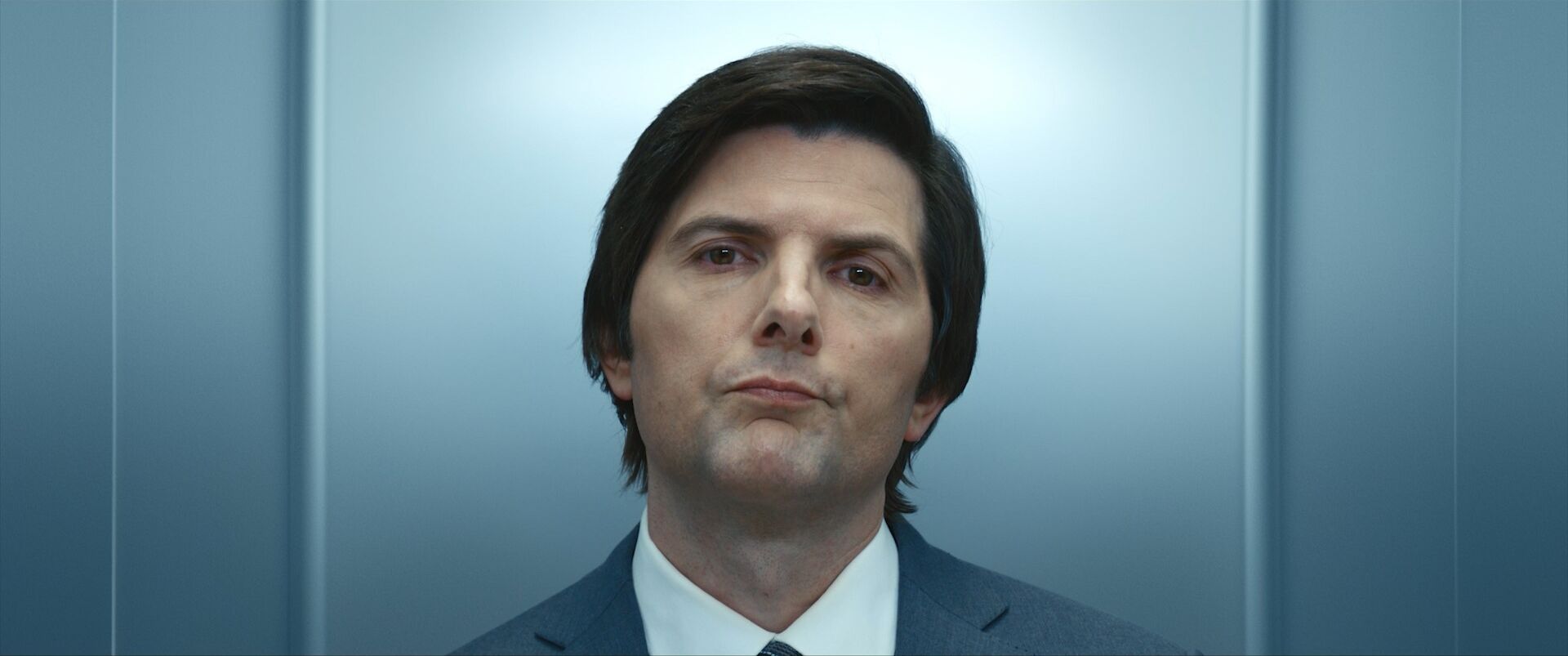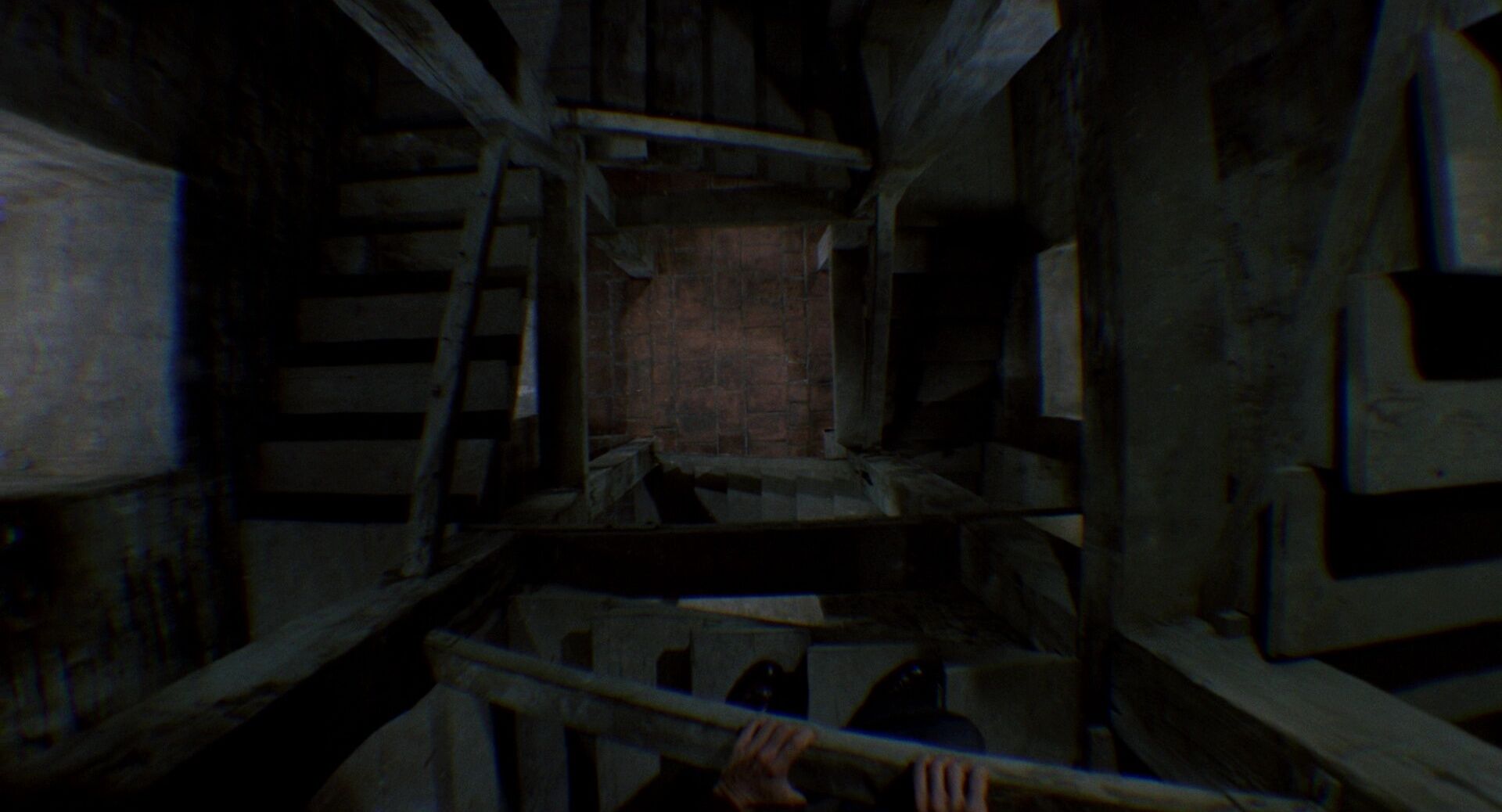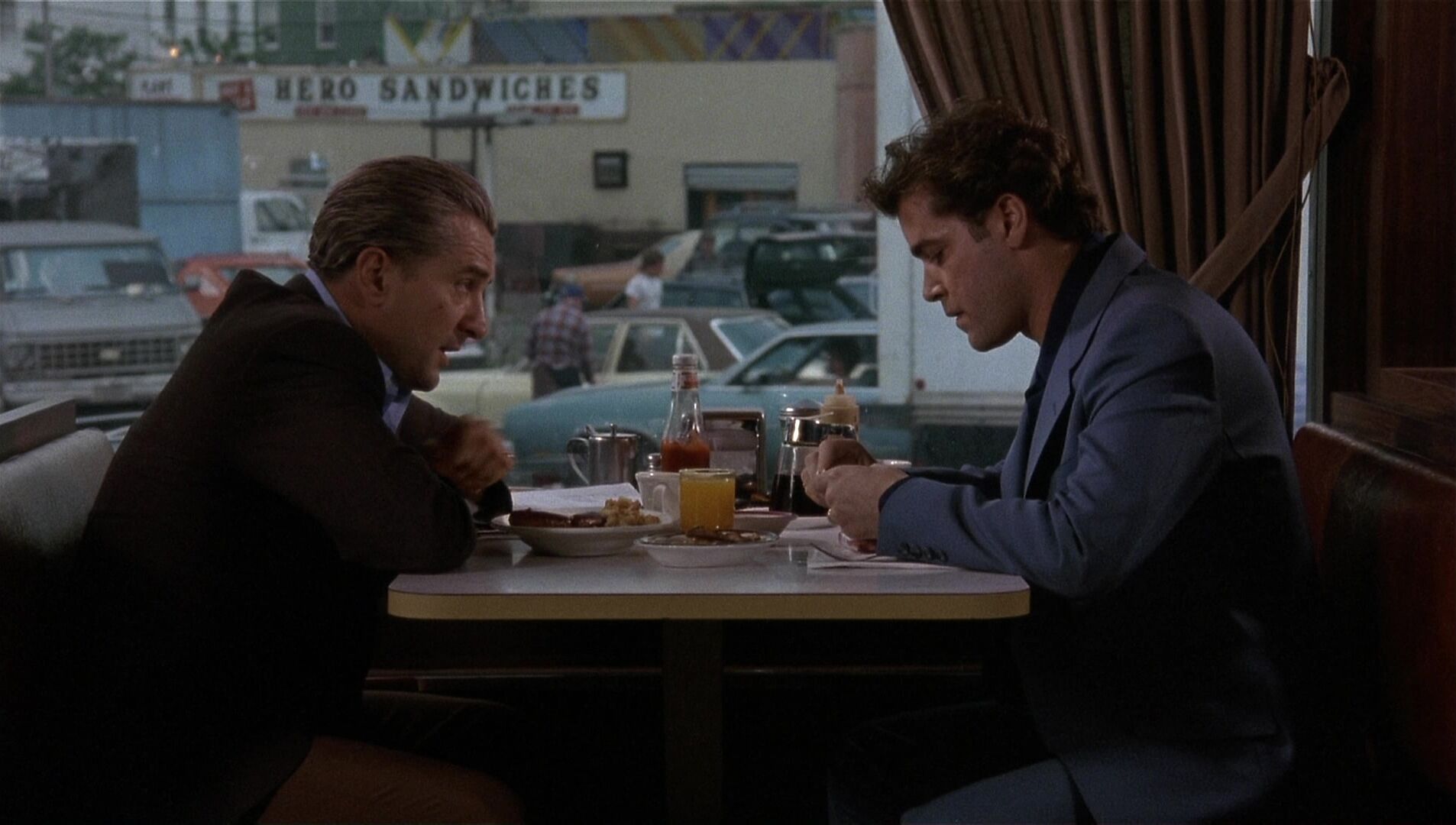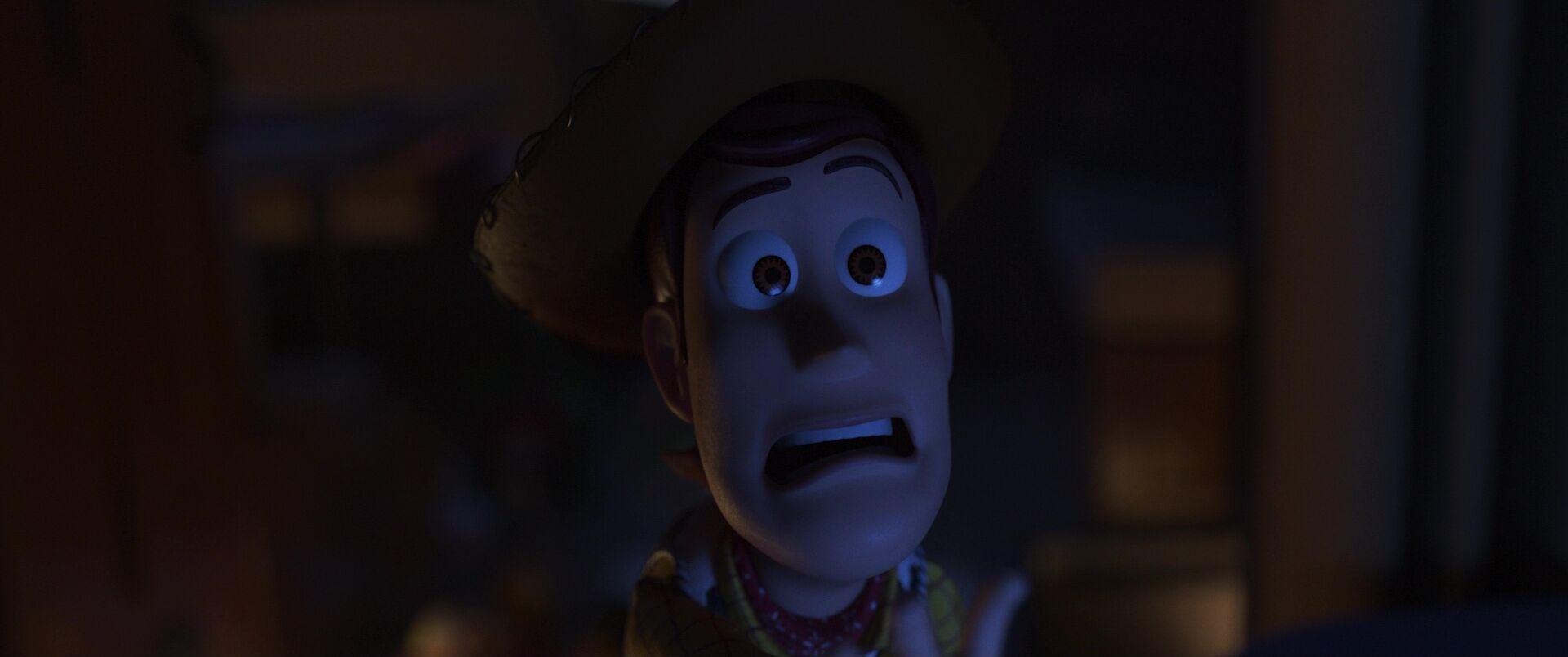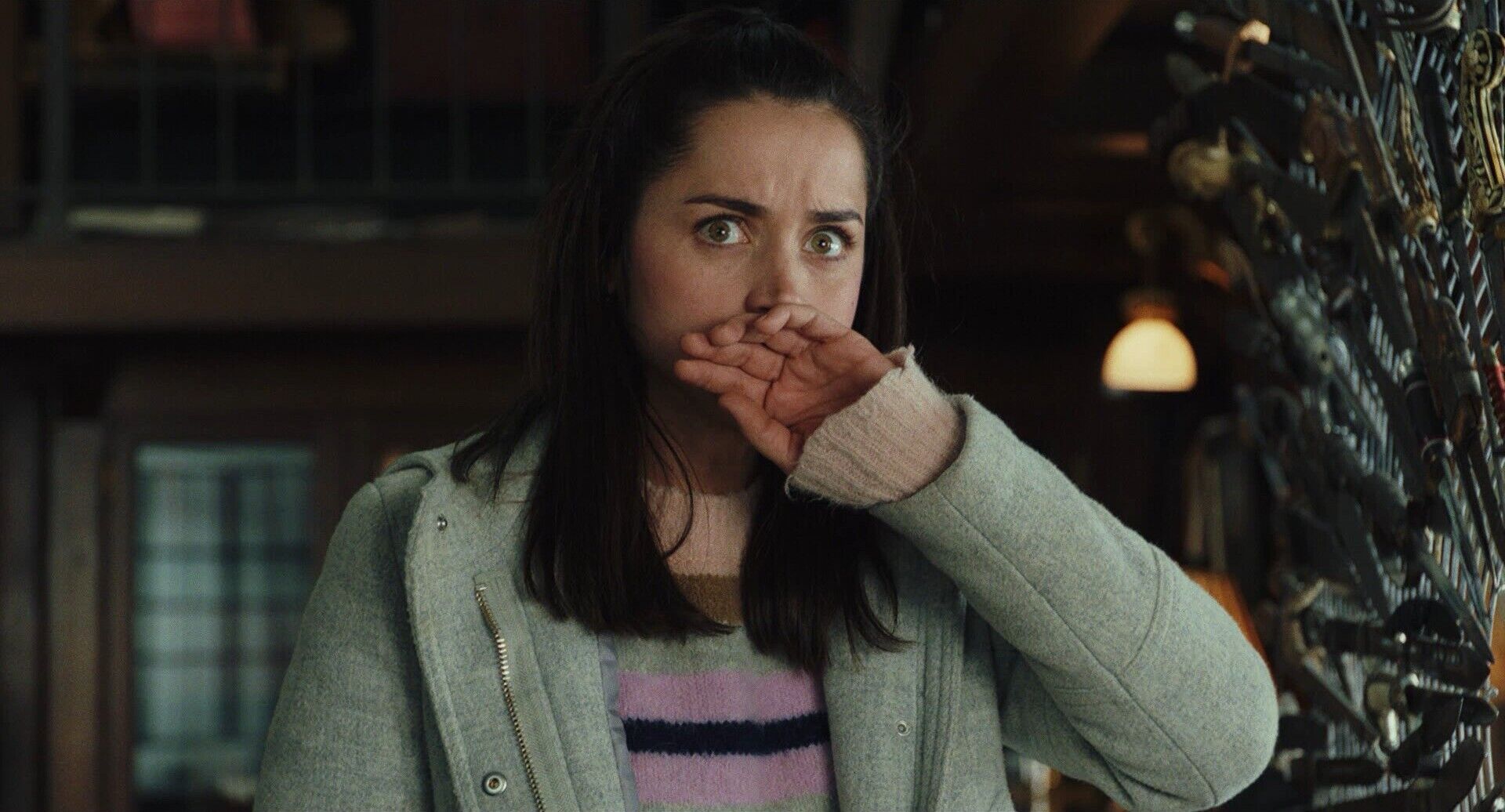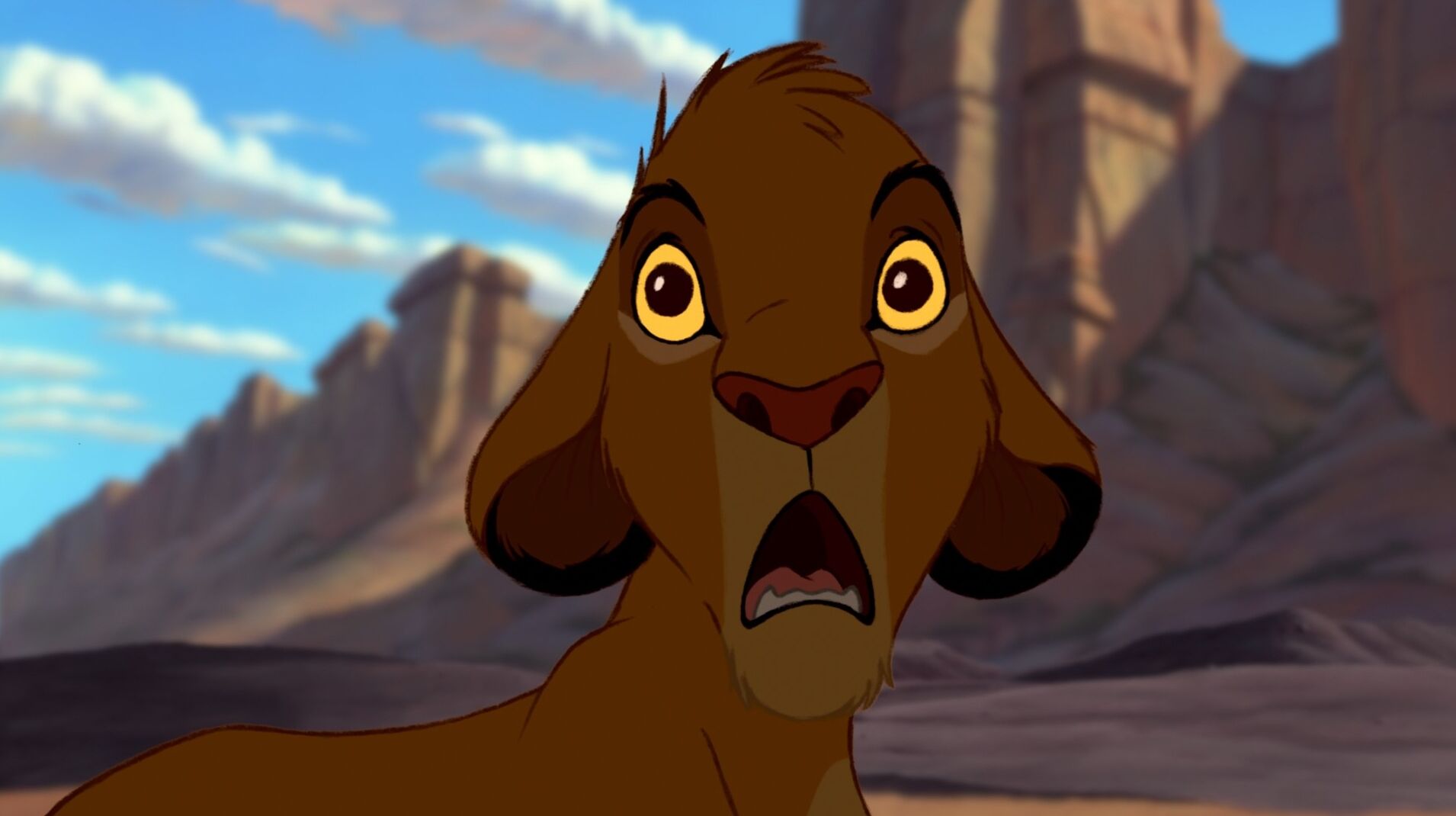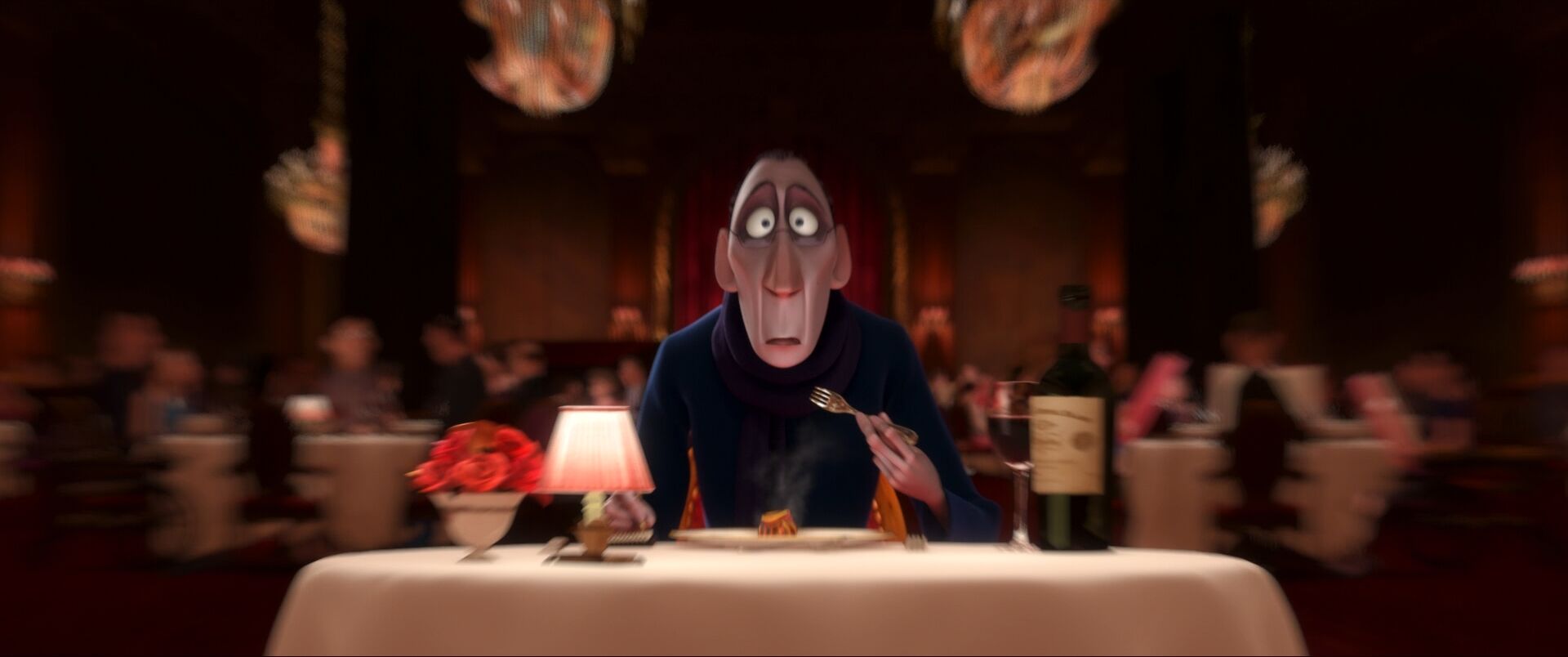home → Camera Movements → Dolly-Zoom Shot
DOLLY ZOOM DEFINITION
What is a Dolly Zoom Shot?
A dolly zoom refers to a filmmaking effect where the camera physically pushes in or away from a subject on a dolly, while simultaneously zooming in the opposite direction. So, if the dolly is moving the camera closer, then the camera’s lens will zoom out (or vice versa). Through this combination of opposing movements, a kind of spatial distortion effect occurs.
For an even more in-depth understanding of this vertigo zoom technique, check out our full guide to the dolly zoom, featuring an abundance of examples and comprehensive breakdowns.
MEANINGS & PURPOSE
Dolly Zoom Shot Examples
Where a character’s state of mind is at, and where you want the audience’s state of mind to be at, are both essential questions when pondering whether a moment can benefit from a dolly zoom or not. Before we move further into the types of emotions the dolly zoom can help capture, we’ll first take a look at a curated selection of dolly zoom shots to better orient ourselves with their basic applications across cinema.
Shifts perspective
Creates dizziness
Alters a scene’s tone
Rearranges focal length
Usages
What does a dolly zoom shot do?
When it comes to what a dolly zoom can communicate to an audience, a defining factor is the speed in which the dolly and the zoom are moving in relation to each other. What makes a dolly zoom stand out from your typical dolly or zoom shot is the hallucinatory illusion it casts onto the screen. Immediately, the viewer feels disoriented, like they’ve stepped into a new spatial dimension. But just how disoriented do you want to make the viewer feel, and for what storytelling purpose must they feel that way? Let’s take a look at the below scenarios to examine further.
Paranoia
By combining a slow dolly push backward with a slow zoom in, a sense that the entire world is closing in on a character can be imparted, highlighting their internal paranoia.
Conflict
A dolly zoom on a character that has just received life-changing information can highlight their conflicting feelings. The speed of the dolly and zoom helps convey the character’s processing.
POV
A slow zoom in and dolly out after cutting to a character’s POV will push the background further away, focusing the audience in on the central subject the character is observing.
Intimacy
By slowly closing in on a character with a dolly in and zooming out, the background expands while the character takes more of the focus, allowing the audience to see the character in a more intimate sense and better connect with their emotional state.
Qualities
Dolly vs Zoom
To fully understand the dolly zoom shot, it’s helpful to reiterate the exact differences between dolly and zoom in technical terms.
A dolly shot rigs the camera onto a dolly, which is a platform with wheels. With a set of tracks arranged on the ground before the shot, the dolly moves along the surface of these tracks during the shot. The core intention of using a dolly is to capture a seamless and unshaking shot that can’t be captured through a handheld approach.
A zoom shot differs from a dolly shot in that the camera stays grounded and doesn’t move. The illusion of moving in or out from a subject occurs when the focal length of the camera’s lens is adjusted.
This should help clarify why such a hallucinatory effect results from the dolly zoom, because both the dolly and the zoom create movement in fundamentally opposing ways.
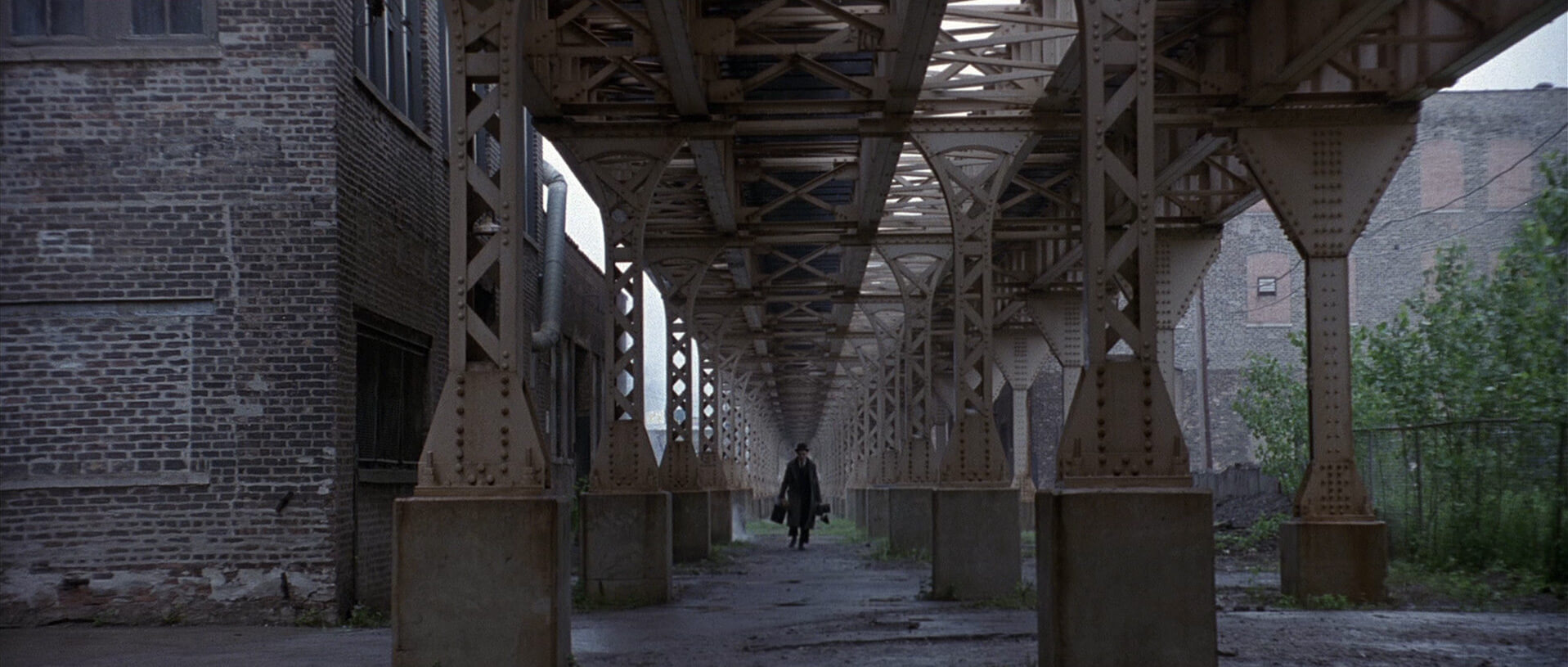
Case Study
Shot listing a dolly zoom shot
Now we’ll see an example of how the dolly zoom effect is utilized in the hands of a professional filmmaker. In The Lord of the Rings: The Fellowship of the Ring, director Peter Jackson applies the dolly zoom to conjure a sense of impending doom.
Browse the shot list below to take a closer look at the entire scene, and consider how this scene’s tonal shift into dread is exacerbated by the inclusion of this dolly zoom shot.
From eliciting a sense of horror to imparting a feeling of intimacy, there’s no shortage of ways to take advantage of what the dolly zoom shot has to offer.
Now let’s move into examining the lush amount of creative opportunity that comes from combining the dolly zoom with alternate filmmaking approaches.
Unique combos
How can you pair a dolly zoom shot with other camera techniques?
How to combine dolly zoom shots
Dolly zoom shots may create a certain sense of disorientation or honing in of focus, but what happens when the dolly zoom meets the near endless array of other filmmaking techniques? Here is just a taste of the many creative results that can come out of such experimentation.
- Crane Shot: A crane shot can combine with a dolly zoom to rise over a location and express distance or closeness.
- Slow Motion: If an emotional revelation needs to be further steeped in, a slow motion effect is the perfect tool.
- Whip Pan: A further sense of disorientation can occur when a dolly zoom is immediately followed by a whip pan.
- Rack Focus: As the background warps, the subjects being closed in can shift focus from one to another.
- Low Angle: A character’s sense of power and superiority can be even further ramped up with the addition of the dolly zoom.
- Dutch Angle: For a wildly stylized feeling of surreal reality warping, combine the Dutch angle and dolly zoom.
Frequently asked questions about the Dolly Zoom Shot
The dolly zoom shot is often referred to by different nicknames, including the vertigo shot, the zolly shot, the Hitchcock zoom, and the contra zoom.
The first documented use of the dolly zoom shot dates back to Alfred Hitchcock’s Vertigo in 1958. This is why the dolly zoom is often referred to as the Hitchcock zoom, and the Vertigo zoom.
To execute a dolly zoom shot:
Make sure you have a camera lens with an adjustable focal length.
Construct your dolly track so that it moves toward or away from your subject.
Consider the emotional language of the scene and adjust the lens and dolly speed to express those emotions.
Experiment and practice as much as you can before implementing the shot.
